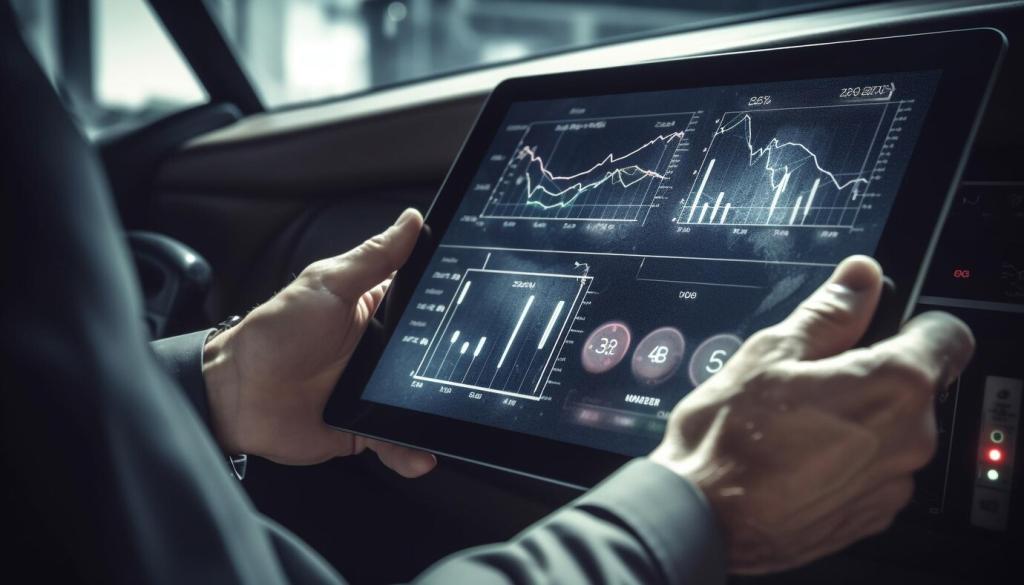Top Car Safety Features to Look for in 2023
In the rapidly evolving automotive landscape, car safety technology is more advanced than ever before. Manufacturers are focusing not only on accident prevention but also on minimizing injuries and improving overall driver confidence. As you consider buying a new vehicle in 2023, understanding the latest safety features is crucial. From digital assistance systems to innovations in structural engineering, these technologies are designed to give you peace of mind every time you hit the road.


Adaptive Cruise Control elevates traditional cruise control by adding situational awareness. Using radar and camera sensors, this feature automatically adjusts your vehicle’s speed to maintain a safe following distance from vehicles ahead. In heavy traffic, ACC can slow down or speed up as necessary, reducing driver fatigue during long journeys and stop-and-go conditions. This proactive approach helps minimize rear-end collisions and enhances overall driving comfort, especially on highways.

Lane Keeping Assist has become an essential aspect of ADAS, providing subtle but effective steering inputs to keep your vehicle centered within its lane. By analyzing road markings and your car’s position, the system can alert you if you begin to drift out of your lane without signaling. When necessary, it can even gently correct your steering to prevent unintentional departures. This not only helps in reducing side-swiping accidents but also combats driver inattention and fatigue during long or monotonous drives.

Automatic Emergency Braking represents a significant leap in collision avoidance technology. By combining data from forward-facing cameras and radar, AEB can detect obstacles or sudden stops in front of your vehicle. If it senses an imminent collision and the driver doesn’t respond in time, the system autonomously applies the brakes to either avoid the crash altogether or reduce its severity. This technology has proven highly effective in mitigating the consequences of distracted driving and improving pedestrian safety.
Enhancements in Passive Safety Systems
Advanced Airbag Deployment
Modern airbags go beyond the front driver and passenger bags found in earlier vehicles. In 2023, multi-stage and position-sensitive airbags deploy with precision tailored to the severity of an impact and occupant location. Some vehicles even feature rear-seat airbags and center airbags designed to reduce passenger-to-passenger injuries during side impacts. These innovations dramatically increase the effectiveness of airbag systems, adapting to a wide range of accident scenarios for enhanced occupant protection.
Improved Crumple Zones and Impact-Absorbing Structures
Today’s cars are engineered with advanced crumple zones and reinforced safety cells. These structures are designed to deform in a controlled manner, absorbing crash energy and redirecting it away from the occupants. Strategic use of high-strength steel and composite materials ensures that impact forces are dissipated effectively, improving both passenger survival rates and reducing the severity of injuries. The result is a vehicle that acts as a cocoon, protecting its occupants no matter the nature of the collision.
Whiplash Mitigation Headrests and Seats
Neck and spine injuries are a serious concern in rear-end collisions. Modern headrest and seat designs are developed with whiplash mitigation in mind, employing active mechanisms that move the headrest forward or adjust the seat angle instantly upon impact. These systems reduce the hyperextension of the neck, significantly lowering the risk of serious injury. Coupled with adjustable seat frames and energy-absorbing foam, these features are an often-overlooked but critical component of comprehensive car safety in 2023.
Connectivity and Communication Features
Vehicle-to-Everything (V2X) Communication
V2X communication enables your car to exchange information with other vehicles, infrastructure, and even pedestrians’ mobile devices. This technology warns you of dangers not yet in view—such as vehicles running a red light, sudden stops ahead, or even emergency vehicles approaching from behind. With V2X, the roadway becomes a constantly updated map of potential hazards, allowing drivers and their vehicles to act with greater foresight than ever before.
Emergency Services Integration
Integration with emergency services means that, in the unfortunate event of a crash, your vehicle can automatically contact emergency responders, providing them with your exact location and crash data. Some systems even allow for limited two-way communication before help arrives. These precious minutes can mean the difference between life and death, particularly in severe collisions or when an accident occurs on remote roadways.
Connected Safety Alerts and Real-Time Navigation Updates
Modern navigation systems have evolved beyond simple route guidance. By harnessing cloud data and crowdsourcing, these systems actively warn you about hazardous road conditions—such as ice, accidents, or road closures—sometimes even before your vehicle’s sensors detect them. This connectivity ensures you can make proactive driving decisions, optimizing your route for both efficiency and safety every time you head out.
